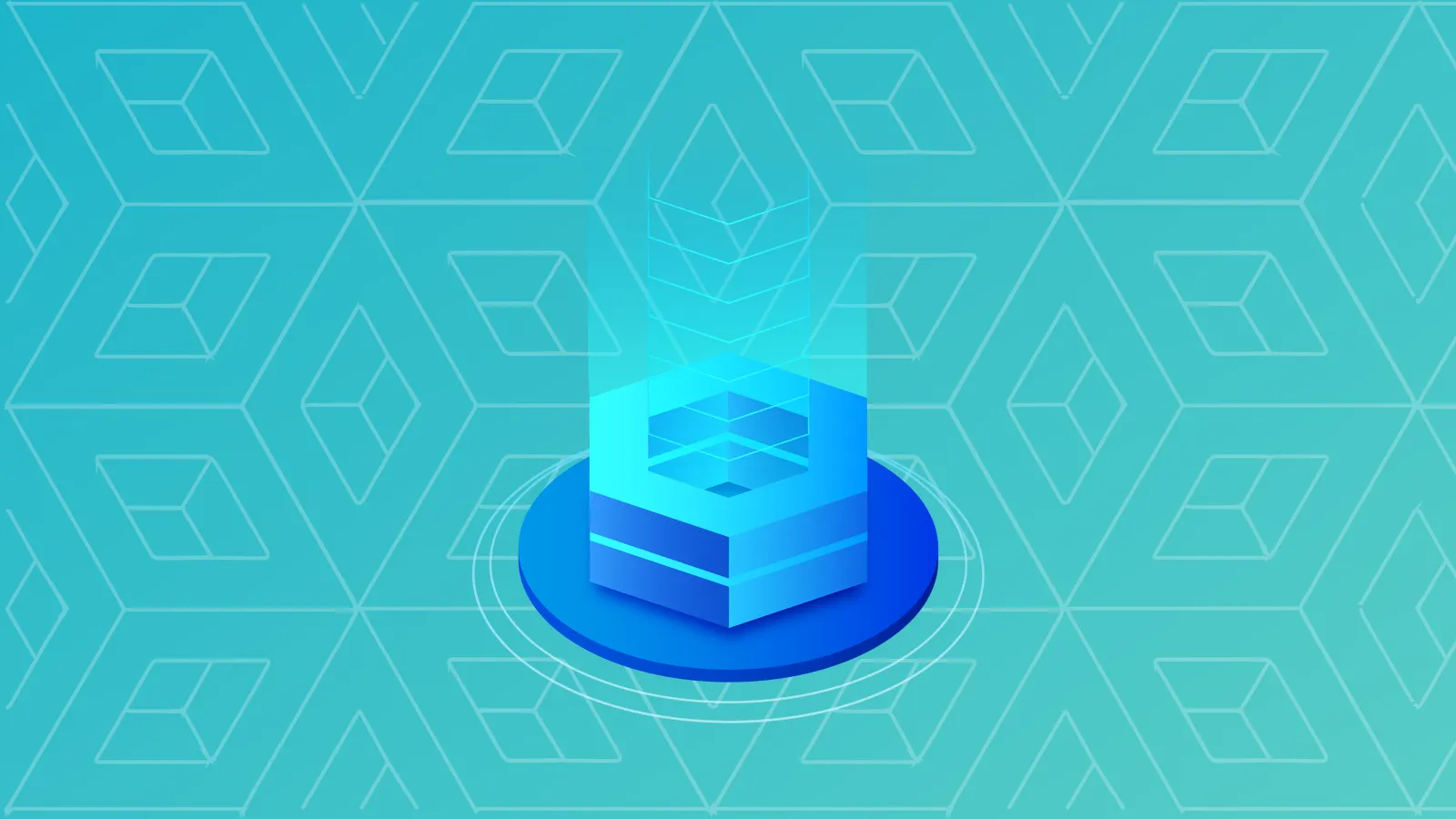During the long hard crypto winter of late 2018, many projects perished or withered in those hard times, but during all this Chainlink managed to keep growing and even defy the bearish market. How did Chainlink manage to grow when most of the crypto market crashed and remained stagnant? Let’s find out!
Problem
Blockchains are great because they use math–cryptography if you want to get technical–to practically guarantee security, trust, and decentralization. The problem is each blockchain is its own universe. Getting information to and from the outside world has always created vulnerability–the need to trust a source outside the blockchain to provide accurate information. To retrieve information about event outcomes or something as simple as the price of Bitcoin meant having to trust a source to tell the truth, not cheat, and not be compromised–creating a single point of failure. Enter Chainlink.
What is Chainlink?
Chainlink figured out how to get information in and out of a blockchain in way that was still secure, trustworthy, and decentralized. Sources of data between the blockchain and the “real” world, known as oracles, no longer needed to be a single point of failure for a smart contract program. Chainlink created a network of nodes to provide information to and from the blockchain and as a result created a vital piece of smart contract infrastructure. This “blockchain middleware” meant Chainlink oracles could provide essential information such as price feeds, event results, and links to traditional payment systems without sacrificing on decentralization or security.
Who Invented Chainlink?
Chainlink was founded by current CEO Sergey Nazarov and current CTO Steve Ellis.
A brief history
- September 2017 – Chainlink raises $32 million in an Initial Coin Offering creating 1 billion LINK tokens.
- November 2018 – Chainlink acquires TownCrier.
- May 2019 – Chainlink is launched on Ethereum mainnet.
What’s so special about it?
Where the blockchain meets the outside world has been a huge vulnerability in decentralized applications (dapps) until Chainlink created a secure bridge. The points where data comes into the blockchain are also the points where data can be manipulated, compromised, or simply falsified–these points of failure are where Chainlink creates value.
To minimize the potential failure of oracles, they prioritize three principles in their whitepaper: “(1) Distribution of data sources; (2) Distribution of oracles; and (3) Use of trusted hardware”
Did you know?
To improve security for oracles or data feeds,
Chainlink acquired a startup called TownCrier. By using TownCrier’s technology, the data provided to Chainlink’s oracles become more secure through the use of “trusted-execution environments” and specialized extra secure hardware.
What else is different?
Chainlink’s real use case is demonstrated by its long list of partners such as Polkadot and Synthetix from the crypto world as well as SWIFT and Google from the traditional business world.
For example, a real-world money transfer can be sent into the blockchain from SWIFT via Chainlink. Then proof the payment was received could be sent back via Chainlink to SWIFT. The use of Chainlink by SWIFT creates a seamless interaction between the traditional and crypto worlds while minimizing the potential points of failures.
How does it work?
Chainlink is a decentralized oracle network consisting of purchasers and providers of data. Purchasers request data and providers return data in a secure way.
Purchasers select the data they want and providers bid to provide that data. Providers must commit a stake of LINK tokens when they make a bid, which can be taken away if they misbehave. Once providers are selected, it is their job to bring the correct answers on chain.
Chainlink uses an oracle reputation system to aggregate and weight the data provided. If everything goes smoothly, providers get paid and everyone is happy.
How do you get hold of Link tokens?
The Chainlink network uses an ERC677 token that inherits functionality from the ERC-20 token standard and allows token transfers to contain a data payload. It is also used for payment of data providers who bring and translate data into the blockchain, which are paid by the data purchaser. The prices for their services are determined by the data providers or oracles when they make their bids.
Besides earning LINK tokens as a provider, you can also buy LINK tokens on Coinbase, Binance, and Huobi.
What can you do with Chainlink?
Though Chainlink started on Ethereum, their oracle services are also available on other blockchains such as Bitcoin and Hyperledger. Both independent developers and large companies can sell data as node operators to the Chainlink network and be paid LINK tokens in the process.
The Future
Two of the key objectives to ensure security on the Chainlink network are distribution of data sources and distribution of oracles. Like all networks, Chainlink wants to add more people and operators in order to become more robust and valuable–increasing their network effects. This means not only pursuing more partnerships, but also advocating for more education, events, and relationships through their new Chainlink Commnity Advocate program.






